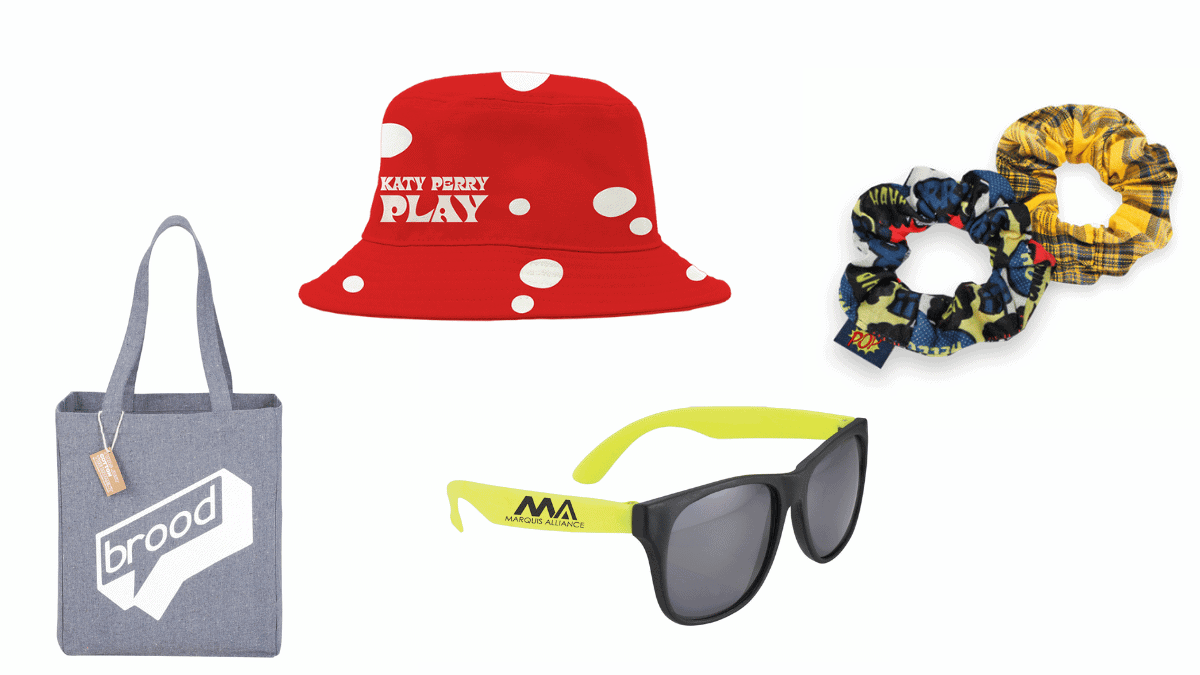Branded Clothing for Cold Climates: Which Fabrics Actually Work?
Branded Clothing for Cold Climates: Which Fabrics Actually Work?
Blog Article
Comprehending Apparel: The Importance of Textile Choices in Your Wardrobe
The selection of material in apparel plays a pivotal function in both appearances and performance. Different products offer varying degrees of longevity, convenience, and breathability, directly affecting the user's experience. Recognizing these nuances can enhance one's wardrobe significantly. Numerous overlook just how these options can affect not just individual design, however likewise sustainability. What material choices could redefine your wardrobe and align it with both design and responsibility?
The Duty of Fabric in vogue and Capability

Typical Fabric Kinds and Their Qualities
When selecting apparel, understanding the attributes of typical textile types is necessary for making informed options. Cotton, a widely-used all-natural fiber, is recognized for its breathability, softness, and flexibility, making it ideal for informal wear and day-to-day garments. Linen, another natural option, flaunts outstanding moisture-wicking buildings and a distinct structure, ideal for cozy climates.Wool, usually preferred for its heat and durability, differs in excellence; merino woollen is soft versus the skin, while coarser kinds are made use of for outerwear. Artificial textiles like polyester and nylon offer durability and resistance to creases, making them preferred for activewear and traveling garments. Blends, which integrate artificial and natural fibers, can enhance performance while maintaining convenience. By acknowledging these material attributes, individuals can pick apparel that aligns with their way of living and aesthetic preferences.
Breathability and Convenience: Picking the Right Fabrics for Different Environments
Selecting the best textiles for different environments can greatly improve convenience and general wearability. Breathable products are crucial in warm climates, as they allow air circulation and wetness dissipation. Fabrics such as cotton, bed linen, and moisture-wicking synthetics effectively attract sweat far from the body, maintaining the wearer cool and completely dry. Alternatively, in cooler environments, thicker fabrics like wool or fleece provide insulation while keeping breathability, ensuring warmth without overheating.Additionally, the option of fabric weight plays an important duty; lightweight materials are more effective for summer season, whereas larger choices are fit for winter months wear. Understanding the one-of-a-kind residential or commercial properties of each material allows individuals to clothe properly for varying weather. Ultimately, picking breathable and comfy fabrics customized to specific climates can greatly enhance daily convenience and boost the total experience of using apparel.
Resilience and Care: Just How Textile Influences Durability of Your Wardrobe
Picking the right products can greatly influence the resilience and treatment demands of a wardrobe. Fabrics such as cotton and polyester are recognized for their strength and convenience of upkeep, making them ideal for everyday wear. On the other hand, fragile materials like silk and shoelace call for even more mindful handling and specialized cleaning techniques, which can boost the moment and initiative needed for care. Branded Clothing.Durability is also influenced by the fabric's weave and surface; firmly woven fabrics have a tendency to withstand damage much better than freely woven alternatives. In addition, artificial blends usually give enhanced resilience, integrating the very best high qualities of multiple fibers.Understanding the care instructions for each and every fabric is vital, as improper drying or cleaning can lead to early wear. Ultimately, picking long lasting products can result in a longer-lasting wardrobe, reducing the frequency of replacements and adding to an extra sustainable style selection
The Influence of Textile on Fit and Shape

Lasting Textile Choices: Making Eco-Friendly Decisions
The influence of textile expands beyond fit and shape to encompass ecological aspects, triggering an expanding passion in sustainable fabric selections. Green materials, such as natural cotton, hemp, and Tencel, are getting traction amongst consumers that focus on sustainability in their closets. These materials are frequently produced with fewer chemicals and water, minimizing their environmental footprint.Additionally, recycled materials, made from post-consumer waste, supply a cutting-edge service to the textile market's air pollution issue. Brands increasingly accept transparency in their sourcing techniques, allowing consumers to make informed choices about their purchases.Choosing sustainable fabrics not just sustains honest practices however additionally encourages the garment industry to adopt even more liable manufacturing techniques. As understanding of ecological concerns rises, people are advised to show on the long-term effect of their textile options, cultivating a motion towards a more ecologically aware and lasting strategy to fashion.
Boosting Style: Exactly How Material Can Change a Clothing
While many may concentrate on color and cut when choosing a clothing, the option of material plays an essential duty in raising design and enhancing general appearance. Various products communicate distinct state of minds and messages; for instance, silk exudes deluxe and refinement, while jeans offers an informal, kicked back vibe. The appearance and drape of a material can considerably change the silhouette, with structured textiles giving a sleek appearance and softer ones producing a more fluid, unwinded aesthetic.Moreover, the weight of the material affects wearability throughout periods. Light-weight fabrics like bed linen and cotton are excellent for summer season, while heavier products such as wool and velour give warmth and beauty in cooler months. Understanding textile residential or commercial properties, such as breathability and stretch, likewise empowers people to make enlightened options that boost convenience without jeopardizing style. Inevitably, the best textile can change an outfit from average to extraordinary, making it an essential factor to consider in any closet.
Frequently Asked Inquiries
How Do I Determine the Fabric Content of My Garments?
To identify textile content, one can take a look at treatment tags, conduct burn tests for fiber identification, or get in touch with material swatches. These approaches assist distinguish materials, making certain notified selections for clothes treatment and maintenance in everyday wear.
Can Material Choice Affect My State Of Mind or Self-confidence?
Fabric option can greatly influence a person's state of mind and confidence. Branded Clothing. Specific products may stimulate sensations of convenience or beauty, while others can feel uncomplimentary or limiting, inevitably influencing self-perception and emotional health throughout the day
What Fabrics Are Finest for Delicate Skin?
For individuals with delicate skin, natural materials like linen, bamboo, and cotton are commonly suggested. These materials are breathable, hypoallergenic, and much less most likely to trigger irritability, making them ideal selections for convenience and skin health.
Just how Do I Effectively Laundry and Look After Various Fabrics?
To properly clean and care for different fabrics, one must think about each product's specific demands, including temperature setups, detergents, and drying approaches, making sure longevity and keeping the material's original high qualities for optimal use.
Are There Certain Fabrics for Athletic or Performance Use?
Sports or performance wear often utilizes fabrics such as spandex, nylon, and polyester. These materials are developed for moisture-wicking, breathability, and versatility, boosting activity and convenience during physical activities while offering durability and support. Conversely, in chillier environments, thicker fabrics like wool or fleece give insulation while preserving breathability, ensuring warmth without overheating.Additionally, the choice of material weight plays a crucial role; lightweight textiles are preferable for summer, whereas larger options are matched for winter season wear. In comparison, delicate products like silk and shoelace need even more mindful handling and specialized cleaning approaches, which can enhance the time and initiative needed for care.Durability is likewise influenced by the fabric's weave and surface; firmly woven fabrics tend to resist wear and tear far better than freely woven options. find out here In comparison, stiff textiles can limit activity however offer a classic, sleek look.Moreover, the density and structure of the material can affect the visual perception of body form. The effect of fabric prolongs beyond fit and silhouette to encompass environmental elements, prompting a growing passion in sustainable textile choices. The texture and find more info drape of a fabric can dramatically alter the silhouette, with structured textiles supplying a polished look and softer ones producing a much more fluid, unwinded aesthetic.Moreover, the weight of the textile influences wearability throughout periods.
Report this page